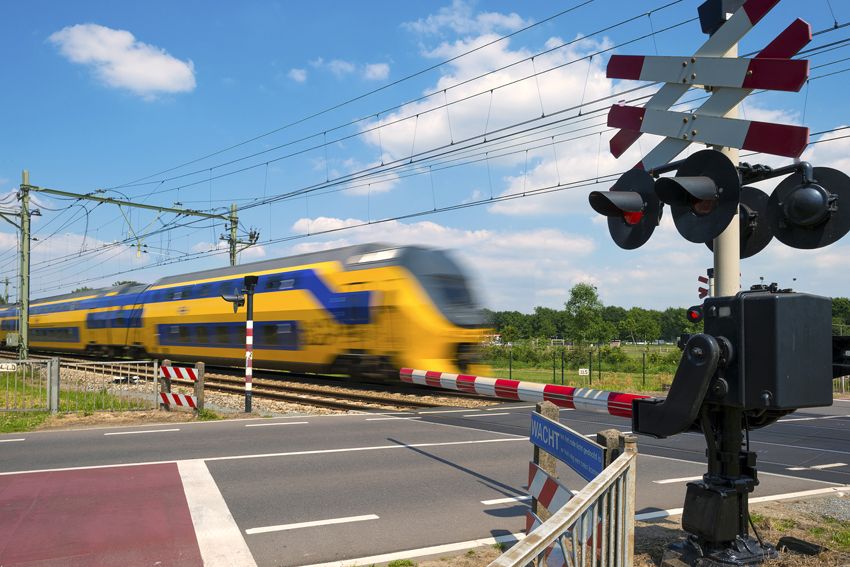Can Positive Train Control Help Prevent Another Train Accident?
After most tragedies involving the loss of life and hundreds of injured people, we reflect on: what could have been done to avoid this? What safety measures were in place or should have been in place that might have limited the tragedy?
For decades planes have been constantly monitored by air traffic controllers who organize the hundreds of planes flying through our skies every day. They keep planes from running into each other and they monitor plane status for problems.
Similar technology exists for remotely monitoring trains, including their speed, and has been for years. It is called positive train control (PTC) and it involves a set of highly advanced technologies designed to automatically stop or slow a train before certain types of accidents occur, including derailments and collisions with other trains.
As is frequently the case, remedial action is spurred by a tragedy. In 2008, a Metrolink commuter train collided head-on with a Union Pacific freight train.
The cause? The engineer was discovered to have been using his cell phone to text message when he failed to heed a stop signal.
The result? Twenty-five people were killed and over 100 were injured.
The reaction? In the wake of the Chatsworth tragedy, Congress passed the Rail Safety Improvement Act of 2008. It mandated that positive train control be able to prevent:
- Train-to-train collisions
- Derailments caused by excessive speed
- Unauthorized incursions by trains onto sections of track where maintenance activities are taking place
- Movement of a train through a track switch left in the wrong position.
PTC works in similar ways as air traffic control. It monitors the progress of trains, including location and the areas of track the particular train may safely travel. The system would manage train separation distances, collision avoidance, line speed, and way-side rail worker safety.
Some of the basic monitoring provided by these systems includes:
- Global Positioning System (GPS) location
- Weather and geography data
- Real-time access to equipment health
- Accurate forecasting of maintenance and parts
- Load balancing
- Speed monitoring and control
- Monitoring of brake pressure, traction motor current, throttle position, and man-down
The Act further mandated that affected rail carriers implement positive train control by December 31, 2015. Much of the Northeast corridor where Tuesday night’s tragedy, in Philadelphia occurred, already had positive train control in place. A January/February 2015 Amtrak Press Release stated that PTC was already in place and operational for approximately 400 miles of track. The stretch of track where the National Transportation Safety Board has already determined that the Amtrak commuter train was hurtling in excess of 100 miles an hour when the speed limit was only 50 miles an hour did not.
Why not?
As is often the case, at least in part, money. Implementation of the PTC system has been estimated to cost as much as $6 billion to $22 billion and some experts believe it is not the most efficient system to deploy. The railroad industry has opposed the implementation of this type of safety program in the past. There are already rumblings that the December 2015 deadline will not be met. The National Transportation Safety Board, the entity charged with investigation transportation tragedies such as this one, has already concluded that had PTC been installed in the Philadelphia section of track where the Amtrak train derailed, the train would not have derailed.
Most concerning is that one of the NTSB’s “Most Wanted Transportation Safety Improvements” for 2015 was the implementation of positive train control in 2015. Prophetically, the NTSB closed its position paper with a plea that PTC be the rule, not the exception, when it stated:
It has been over 45 years since the NTSB first recommended the forerunner to PTC. In the meantime, more PTC-preventable collisions and derailments occur, more lives are lost, and more people sustain injuries that change their lives forever. Yet there is still doubt when PTC systems will be implemented nationwide as required by law. Each death, each injury, and each accident that PTC could have prevented, testifies to the vital importance of implementing PTC now.
Let’s hope that one of the legacies from the tragedy in Pennsylvania is that preventable train accidents from human error will be a thing of the past with the full scale implementation of PTC.
Share This



